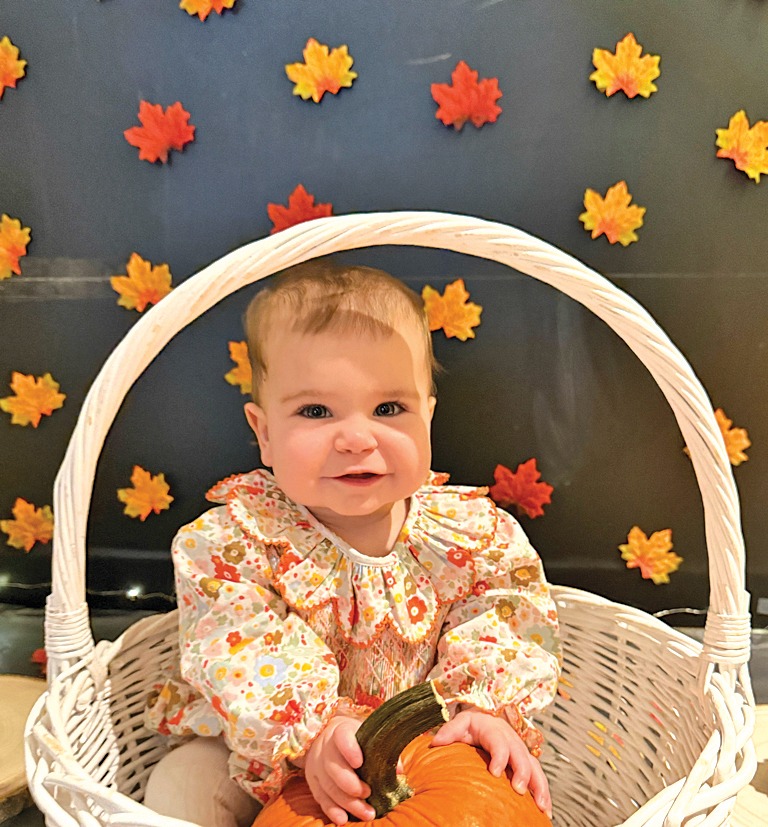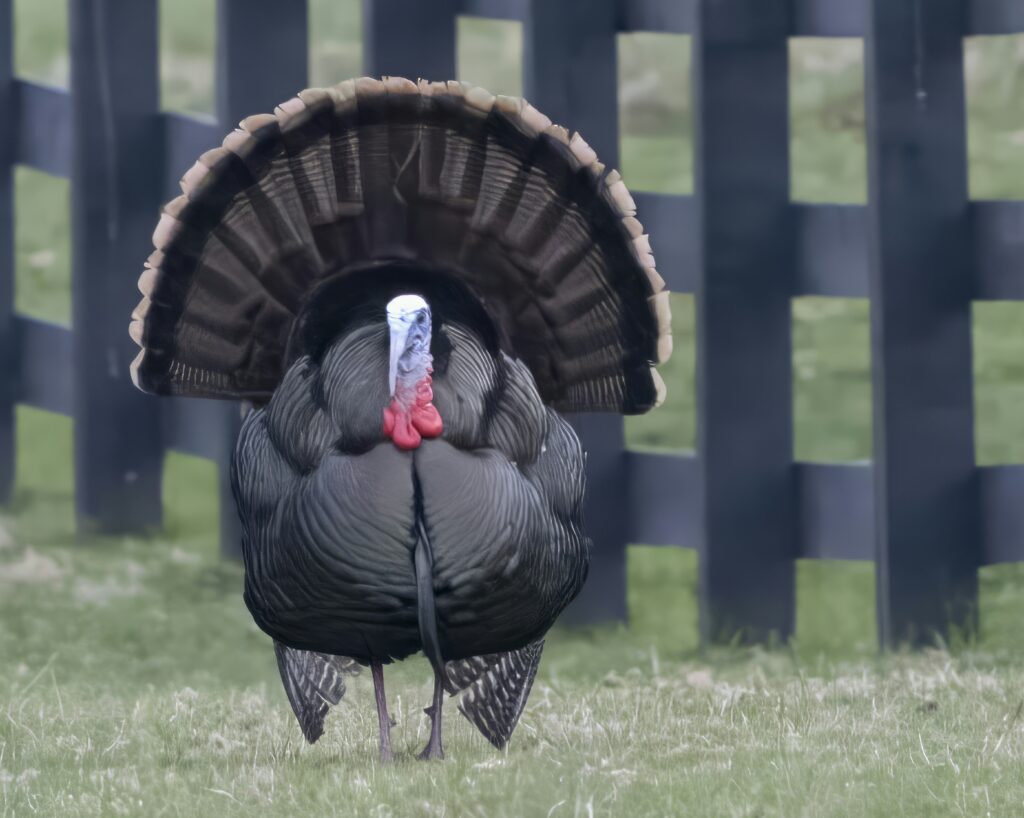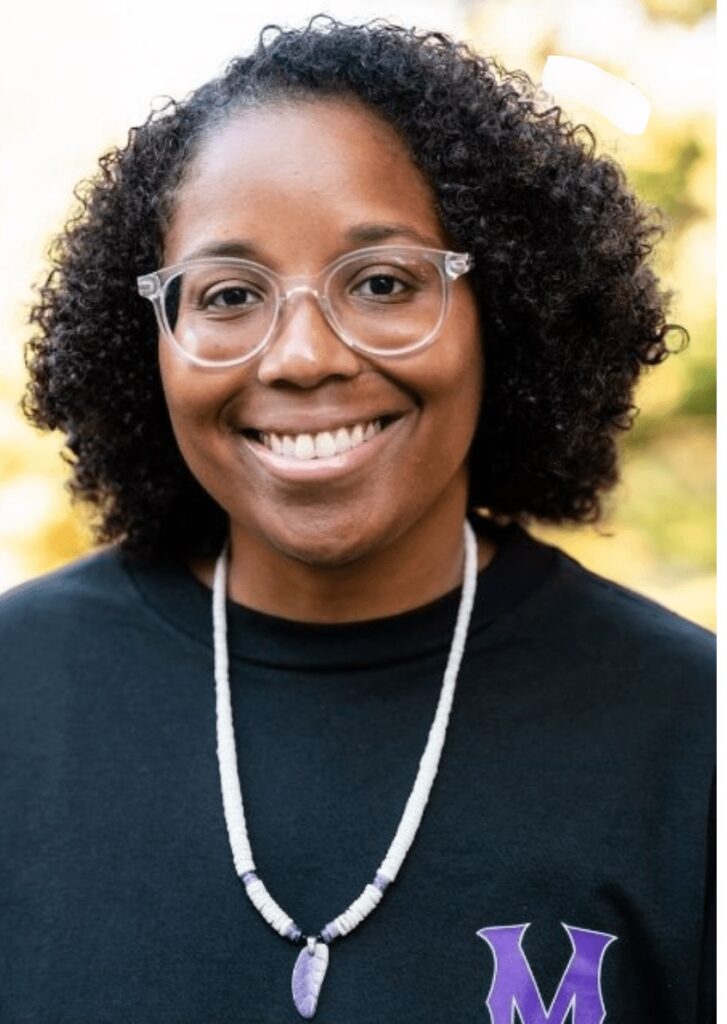Charity’s Column: In Australia, a ‘Welcome to Country’

When my sister called to say she was going to a conference on Australia’s Great Barrier Reef, and would I like to come along, it took me a few minutes to say yes.
First, I had to locate my snorkel, and see if the stash of airline points and miles I’ve hoarded for years would cover the airfare. Australia has the world’s largest coral reef, and the way things are going it might not be around for much longer.
That’s what convinced me to visit Heron Island, a coral cay near Gladstone, Queensland in the company of my sister and 70 other molecular biologists. When someone asked what sort of scientist I was, I replied, “Sister Of.”
Many have dreamed of visiting Australia, and most have had more solid information about their destination than I did. I knew that it is both a continent and a country. That like our continent, wave after wave of European settlers caused death and displacement for the original inhabitants. I’d also heard that Australians swim a lot, and the country is crawling with dangerous animals.
I learned that Australians take their welcoming very seriously. Since the 1970s it’s been common practice to offer visitors a “Welcome to Country.”
Here’s the gist of it: “Our ancestors have reached out to your ancestors and assured them that you are welcome here.” It comes in the form of a written or spoken statement identifying the original indigenous inhabitants of the land and their language.
That’s why a member of the flight crew announced when we touched down in Brisbane that the land was once the home of the Turrbal people, whose ancestors welcomed us, sort of like landing at LaGuardia, and being welcomed to the home of the Lenape.
There is no evidence that aborigines lived on Heron Island, which is 72 acres of sand and scrub, 50 miles from solid land. Reached by ferry, it has a marine research center and a turtle-meat processing facility that was converted to a small eco-resort and conference center years ago.
Every morning and evening I walked the beach around the entire island in 35 minutes. Three species of enormous sea turtles are still the big draw for visitors to Heron Island, but these days the goal is to observe them, not make soup of them.
Like Shelter Island, Heron Island is reached by ferry, and has scant water resources. Also, like Shelter Island, it has plovers, kingfishers, a pair of nesting eagles, and retirees. (I was told the White-Bellied Sea Eagles were in their dotage, and hadn’t hatched anything in quite some time.)
Right away, the birds of Heron Island made a profound impression on me, especially the Wedge-tailed Shearwater and an estimated 120,000 Black Noddy Terns. The Shearwaters and Noddies were in the thick of their nesting season.
Imagine trying to sleep in a hut surrounded by low trees while in and around those trees, 120,000 18-year-olds on Spring Break are enjoying an all-night wet T-shirt contest. Ear plugs had no effect on the din, which came in waves as the Noddies became more and more excited, and reached a climax around 4 a.m. as the Shearwaters raised a piercing cry like a sheep being sacrificed.
By day, we swam and floated around the reef and saw green sea turtles, rays, blacktip reef sharks, starfish and giant clams. The corals were red, purple, green, brown and yellow, shaped like dinner plates, trees, and cauliflowers the size of a sedan. Our bathing suits were still wet when we boarded the ferry headed back to Gladstone, and on to Melbourne.
South of the Yarra River in Melbourne is a neighborhood of apartment buildings and attached houses called Southbank, an easy walk from the heart of town. There we stayed in an apartment that was much quieter at night than the hut where the Noddies nested.
The rules of the pool/barbecue area would have been unenforceable on the birds of Heron Island, since it closed at 10 p.m., and residents were warned to “Keep all frolicking to a respectable level.”
A charming local guide named Paul Robinson drove us and four other tourists out of town to see the Yarra Valley, named for the river that flows through the heart of Melbourne. On a winding two-lane road, he steered calmly, seemingly oblivious to the fact that every vehicle on the road — including his — was DRIVING ON THE WRONG SIDE.
After a couple of stops, I switched to a seat on the other side of the van to escape the reflexive fear that every car we met was going to hit us head-on. With the wildlife sanctuary and wineries, strawberry farms, orchards and vegetable farms lining the valley, we enjoyed plenty of memorable stops.
Paul informed me that “Wominjeka” means “Welcome,” and that’s how we were greeted at Healesville Animal Sanctuary, in the heart of the former Wurrundjeri country.
Many of the Australians I met on this trip were animals; koalas, a pygmy mountain opossum, a busy platypus, and scores of grazing kangaroos known as a “mob of roos.” I learned that like deer on Long Island, kangaroos in this beautiful area of farms and vineyards are everywhere, and farmers hunt them to protect crops.
We later sampled some freshly-grilled ‘roo at the Queen Victoria Market and found it tender and surprisingly mild.
Australia is so far away, and so large that I’m still not clear on what time zones it spans. All I know is when I left Australia at 9 p.m. on Thursday, I got back to the U.S. at 5 p.m. on the same day, rewinding time enough to qualify for two cocktail hours in one long day.
I don’t remember a welcome or land recognition at LAX, where I cleared U.S. Customs. The Australian Welcome to Country has been adapted in Canada and the U.S., where it takes the form of a Land Acknowledgment — a recognition of the original inhabitants of a place.
It’s commonly done in museums, concerts and public meetings on both coasts, but is less common in the American Heartland.
Like saluting and praying, it’s a political hot potato with some people saying it’s an empty-headed exercise devoid of meaning, and the others saying it’s an important recognition of the original inhabitants who were displaced by our forefathers.
People in Australia have the same debate.
I acknowledge the original inhabitants of the land on which I sit writing these words, the Manhanset people.









